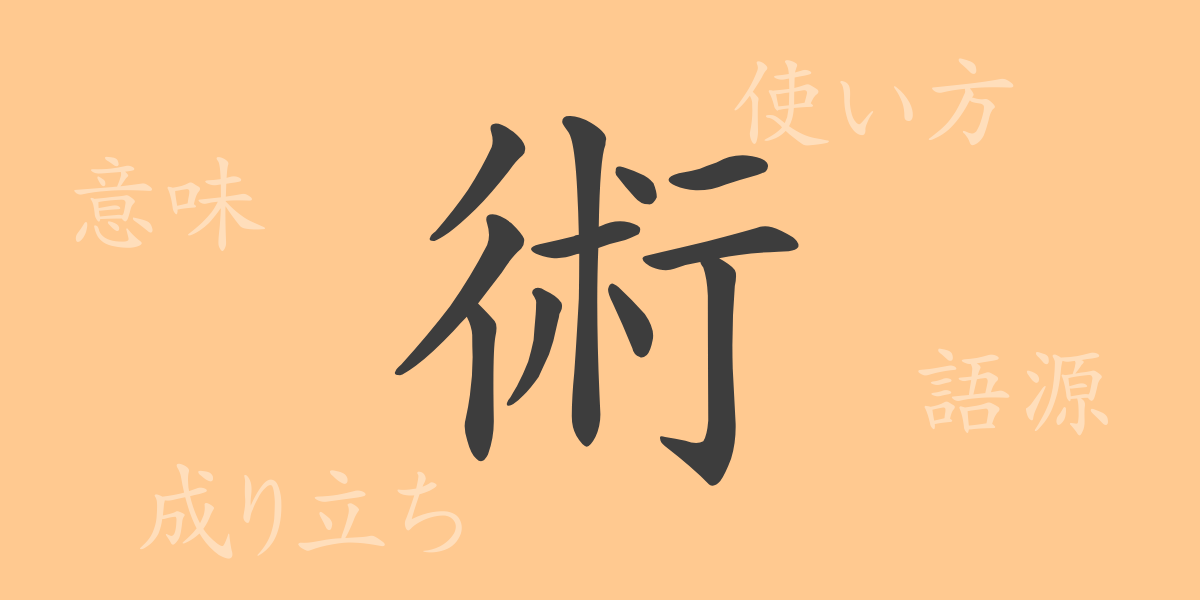Japanese common kanji are a collection of characters frequently used in daily life. These kanji are indispensable elements in our communication and education. This time, we spotlight the kanji “術(じゅつ, jutsu)” to explore its deep history, meaning, usage, and how it is integrated into our language.
術の成り立ち(語源)
The origin of the kanji “術(じゅつ, jutsu)” dates back to ancient China. Its etymology comes from “术,” which means techniques or skills performed by hand. Over time, it evolved into the current form “術(じゅつ, jutsu).” This kanji has been closely related to people’s lives for centuries, used to denote techniques and methods.
術の意味と用法
The kanji “術(じゅつ, jutsu)” means “technique,” “method,” or “means.” It is used to refer to specific methods or skills to achieve something. Additionally, it is used in words like “医術(いじゅつ, ijutsu)” (medical techniques) and “武術(ぶじゅつ, bujutsu)” (martial arts) to denote specialized skills in specific fields.
術の読み方・画数・部首
The kanji “術(じゅつ, jutsu)” is used in various readings in Japanese.
- 読み方: 音読みは「ジュツ(じゅつ, jutsu)」、訓読みはありません。
- 画数: 「術(じゅつ, jutsu)」は11画で構成されています。
- 部首: 部首は「行(ぎょう, gyou)」で、衣(ころもへん, koromo hen)に関連する漢字のグループに属しています。
術を使った熟語・慣用句・ことわざとその意味
There are many idioms and phrases that include the kanji “術(じゅつ, jutsu).” Here are some examples:
- 医術(いじゅつ, ijutsu) – Techniques or skills related to medicine.
- 武術(ぶじゅつ, bujutsu) – Techniques or skills related to martial arts and combat sports.
- 手術(しゅじゅつ, shujutsu) – A surgical procedure, involving the use of a scalpel in medical treatment.
- 口が上手な人は手も上手(くちがうまいひとはてもじょうず, kuchiga umai hito wa te mo jouzu) – A proverb meaning that those who are good at communication are often skilled with their hands as well.
術についてのまとめ
The kanji “術(じゅつ, jutsu)” is an important character that denotes techniques and methods, essential for communication and the transmission of specialized knowledge in Japanese. Its usage is extensive, appearing in various forms in our daily lives. Through this article, we have explored the depth of meaning “術(じゅつ, jutsu)” holds and how it is deeply embedded in our language.

























